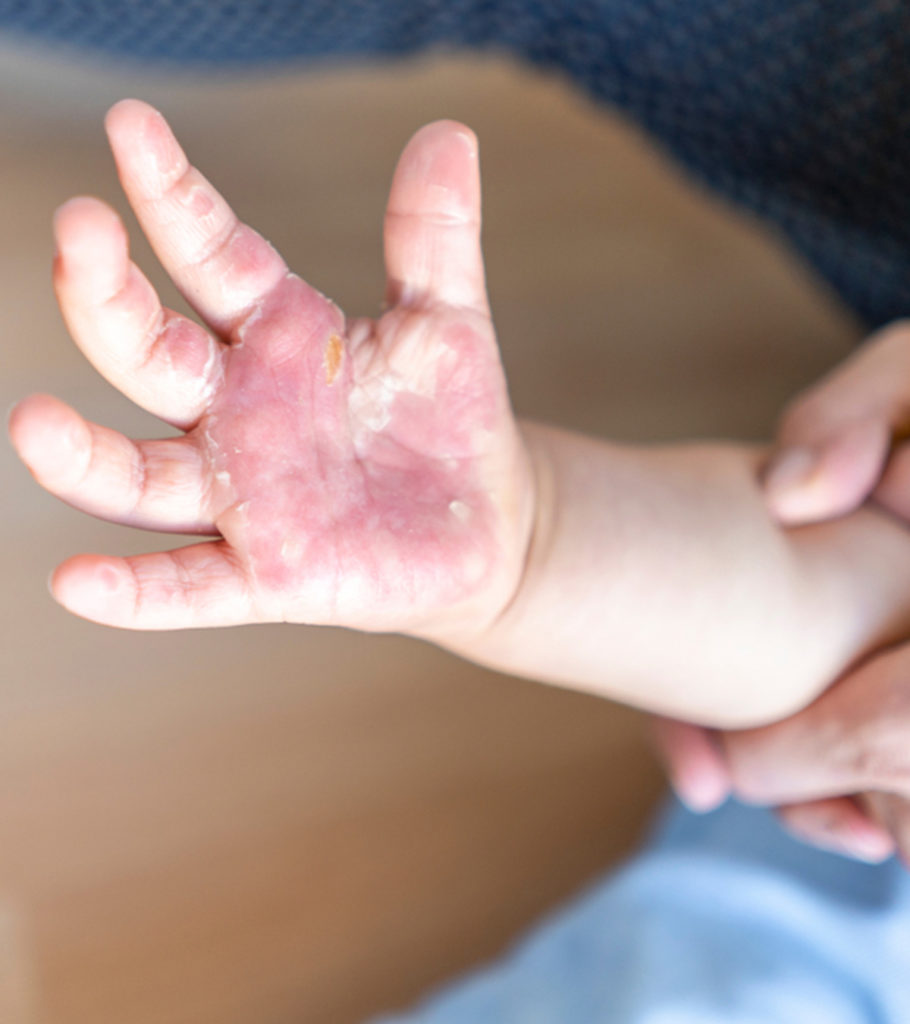
Burn - First Degree Reason: this lessens the depth. There is no feeling in the area since the nerve endings are destroyed. And remember, contact your doctor if your child develops any of the Call Your Doctor symptoms. A maximum temperature of 120F at the discharge outlet will ensure the.

1st degree burn baby skin#
Fourth-degree burns go through both layers of the skin and underlying tissue as well as deeper tissue, possibly involving muscle and bone. (response time is less than 5 seconds) The above table shows that a person will receive a second degree burn in 3 seconds of exposure and a third degree burn in 5 seconds of exposure to water of 140F. Any exposed part of the body including the earlobes, scalp and lips can burn. They are treated by applying cold, like running water or a cold cloth, at first. They may be caused by the sun, hot water, or hot objects. Headache, fever, nausea and fatigue, if the sunburn is severe. Key points about a first-degree burn in children First-degree burns affect only the outer layer of the skin. Treatment may include: A wet cloth soaked with cold water (cold compress) held to the skin, to ease pain. Small, fluid-filled blisters, which may break. A first-degree burn usually heals on its own within a week. The burn site may look white or blackened and charred.įourth-degree burns. Skin that feels warm or hot to the touch. What causes a first-degree burn in a child The causes of a first-degree burn can include. They may go into the innermost layer of skin, the subcutaneous tissue. First-degree burns can usually be treated with skin care products like aloe vera cream or an antibiotic ointment and pain medication such as acetaminophen ( Tylenol ). A first-degree burn affects only the outer layer of skin (epidermis).

Third-degree burns destroy the epidermis and dermis. , it takes one second for hot water to cause third-degree burns. The burn site looks red, blistered, and may be swollen and painful. If a child is burned, apply immediate first aid by placing the burn under. Second-degree burns involve the epidermis and part of the lower layer of skin, the dermis. Long-term tissue damage is rare and often consists of an increase or decrease in the skin color. The burn site is red, painful, dry, and with no blisters. First-degree burns affect only the outer layer of skin, the epidermis. Classification of Burns What are the classifications of burns?īurns are classified as first-, second-, third-degree, or fourth-degree depending on how deeply and severely they penetrate the skin's surface.įirst-degree (superficial) burns.


 0 kommentar(er)
0 kommentar(er)
